Improve construction quality, save costs
Currently, the construction materials industry has met the needs of construction and infrastructure development nationwide. Many products have entered the export market such as clinker, energy-saving glass, tiles, paving stones, sanitary porcelain... The development of construction materials has gradually focused more on sustainable development and environmental protection.
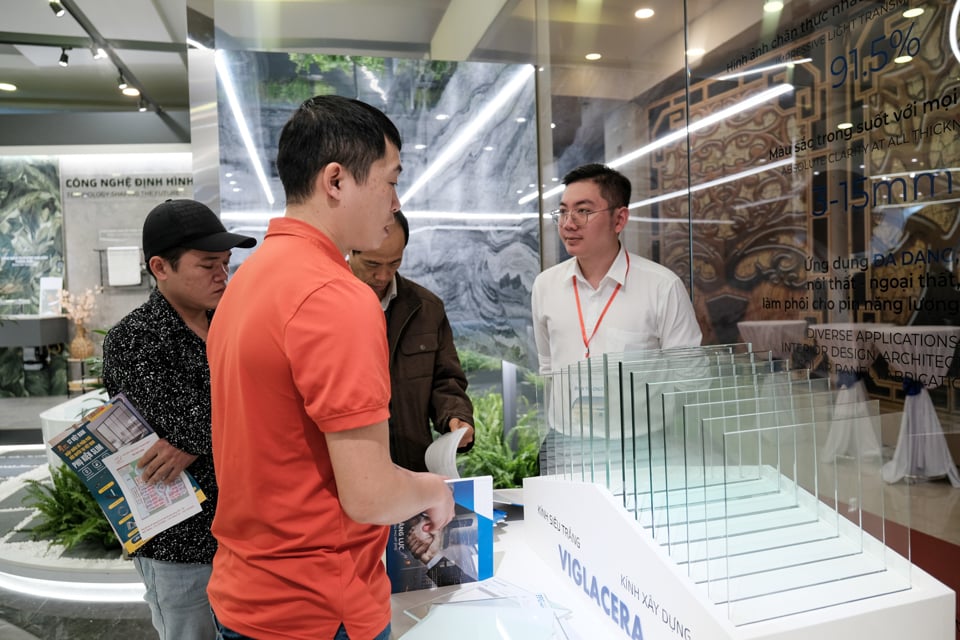
Up to now, along with the development of science and technology, construction materials have been increasingly researched and many types have been produced with new, superior properties, environmentally friendly and highly durable such as: self-healing concrete, green concrete, ultra-high performance concrete; artificial paving stones...
For example, energy-saving glass can help save 52% of heating costs, reduce 53% of air conditioning system capacity, and block up to 99% of harmful UV rays. PVD shower coating technology has many outstanding features such as water saving, environmental protection, safety for users' health, superior durability, easy cleaning, and a variety of colors.
Next, construction materials that apply nanotechnology in production and bring high economic efficiency such as water-based paint production or additives for cement and concrete. 3D printing technology helps reduce material waste and save labor costs. At the same time, 3D printing is used to create detailed architectural models, helping contractors and architects easily visualize and adjust designs before construction.
Materials for interior partitions (partition walls, partitions...) also tend to shift from building walls with bricks to hollow concrete panels, compact panels, fiber cement flat panels, glass, gypsum panels, sound-absorbing mineral fiber panels... These materials have many advantages such as shortening construction time, flexibility in use as well as improving aesthetics, saving construction area, soundproofing, and better heat insulation than traditional construction materials.
Mr. Le Cao Chien - Deputy Director of the Center for Equipment, Environment and Labor Safety, Institute of Construction Materials said that in the world, there are 6 trends in using green materials including: energy efficiency in construction; recycling and reusing construction materials; using materials from renewable resources; materials friendly to human health; biotechnology and biodegradable materials; using smart technology and materials.
With the development of biotechnology and smart materials, the future of the green construction industry will grow more and more. In addition, experts in the industry believe that in the current context, green construction materials are gradually replacing traditional construction materials and facing open development opportunities.
Regarding the legal framework, Vietnam has issued a system of documents, such as the Law on Environmental Protection with regulations on environmentally friendly products, green procurement and green bonds; Decision No. 889/2020/QD-TTg, approving the National Action Program on sustainable production and consumption for the period 2021 - 2030; Decision 1658/QD-TTg on the National Strategy on green growth for the period 2011 - 2020 and vision to 2050; Decision No. 1266/QD-TTg on the Strategy for development of Vietnam's construction materials for the period 2021 - 2030, with a vision to 2050...
In addition, construction materials was selected as one of the four proposed sectors to access preferential green loans (agriculture, forestry and fisheries; industry; renewable energy and construction materials) to meet the production and sustainable development requirements of the industry, especially in the context that Vietnam still has a relatively large demand for infrastructure construction and civil works.
Focus on investing in training and human resource development
Vietnam has many opportunities to develop the green building materials industry thanks to its abundant natural resources, the potential for recycling materials and the increasing demand from global trends. However, to effectively take advantage of these opportunities, there needs to be strong investment in infrastructure, supportive policies and raising consumer awareness of the benefits of green building materials.
However, Vietnam still lacks a set of criteria for green labels/eco-labels/green construction materials, leading to the existence of many fake, counterfeit, and poor quality products, which significantly affects consumers.
Although there are approximately 465 green labels in the world in 199 countries and covering 25 industries, green labeling programs are all voluntary programs, issued by an organization that certifies products to indicate environmental friendliness.
In addition, there is no system of standards for the production and use of green construction materials in construction works; preferential policies for the production, trading and use of construction materials labeled with Vietnam green label/green materials and quality are still limited; human resources from the production of green materials to the stages of project consulting, design, construction and acceptance of works using green materials have not met the demand.
Director of Hoa Thanh Building Co., Ltd. Tran Van Hoa shared that normally, a civil construction package has a rough construction part of 30%, and a rough finishing part of about 30 - 40% of the interior part. Thus, construction materials account for 70 - 80% of the total construction cost of a project. If using quality construction materials, the contractor will save tens of billions of VND on repair and maintenance thanks to the use of solar power, natural ventilation systems and energy optimization solutions.
However, many businesses and investors have not fully realized the basic long-term benefits of green materials such as reducing energy consumption, improving indoor air quality, or minimizing environmental impacts. Finding energy-saving construction materials is difficult and there is a lack of human resources. Therefore, in order to increase the quantity of green buildings in Vietnam, as well as ensure quality, finding solutions to overcome the above concerns is very important.
"Therefore, in addition to improving product quality, enterprises in the construction materials industry need to focus on providing an effective supply chain to meet the material needs of the project, contributing to speeding up construction progress and minimizing the risk of additional costs.
In addition, the workforce must be well-trained and have high professional skills to be able to perform the job with the best quality. This requires investment in training and human resource development" - Mr. Tran Van Hoa shared.
To date, Vietnam has 559 buildings with 13.6 million m2 of floor area certified green. Of which, EDGE (Excellence in Design for Greater Efficiencies) certification accounts for the largest proportion (41.80%) of the total number of green buildings. Next are LEED (Leadership in Energy and Environmental Design) certification and Green Mark certification.
Source: https://kinhtedothi.vn/co-hoi-rong-mo-cho-vat-lieu-xanh.html


![[Photo] Prime Minister Pham Minh Chinh chairs meeting after US announces reciprocal tariffs](https://vstatic.vietnam.vn/vietnam/resource/IMAGE/2025/4/3/ee90a2786c0a45d7868de039cef4a712)
![[Photo] Prime Minister Pham Minh Chinh chairs the first meeting of the Steering Committee on Regional and International Financial Centers](https://vstatic.vietnam.vn/vietnam/resource/IMAGE/2025/4/3/47dc687989d4479d95a1dce4466edd32)
![[Photo] Ho Chi Minh City speeds up sidewalk repair work before April 30 holiday](https://vstatic.vietnam.vn/vietnam/resource/IMAGE/2025/4/3/17f78833a36f4ba5a9bae215703da710)
![[Photo] General Secretary To Lam receives Japanese Ambassador to Vietnam Ito Naoki](https://vstatic.vietnam.vn/vietnam/resource/IMAGE/2025/4/3/3a5d233bc09d4928ac9bfed97674be98)
![[Photo] A brief moment of rest for the rescue force of the Vietnam People's Army](https://vstatic.vietnam.vn/vietnam/resource/IMAGE/2025/4/3/a2c91fa05dc04293a4b64cfd27ed4dbe)
![[Photo] Capital's youth enthusiastically practice firefighting and water rescue skills](https://vstatic.vietnam.vn/vietnam/resource/IMAGE/2025/4/3/3f8481675271488abc7b9422a9357ada)


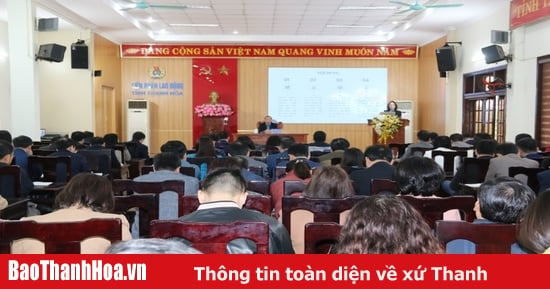

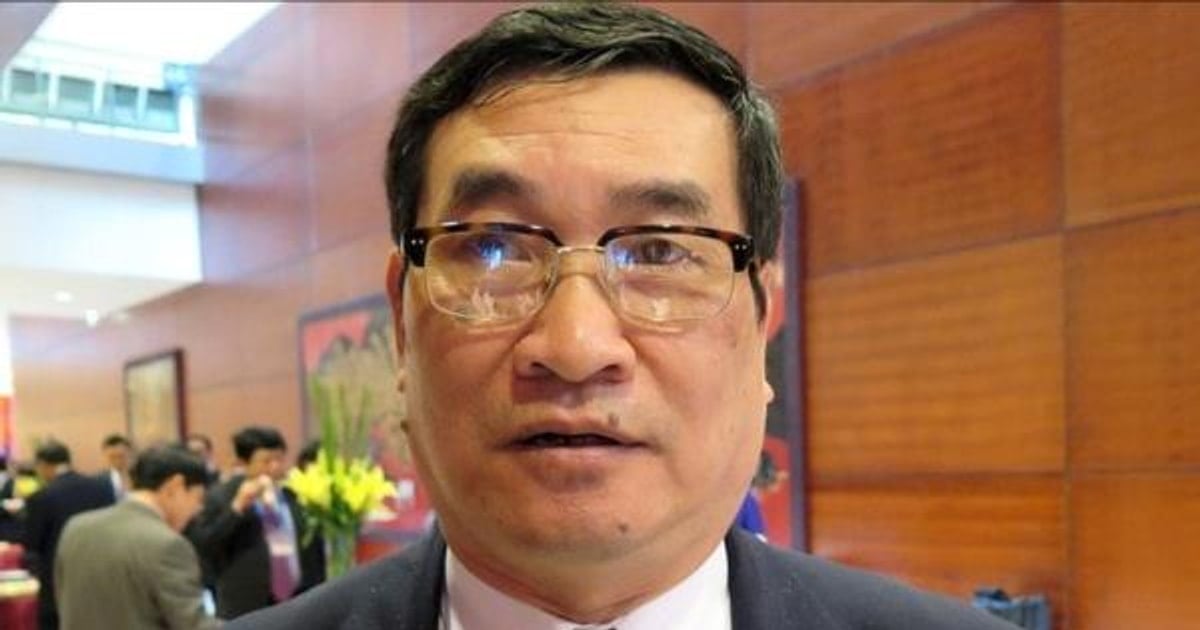

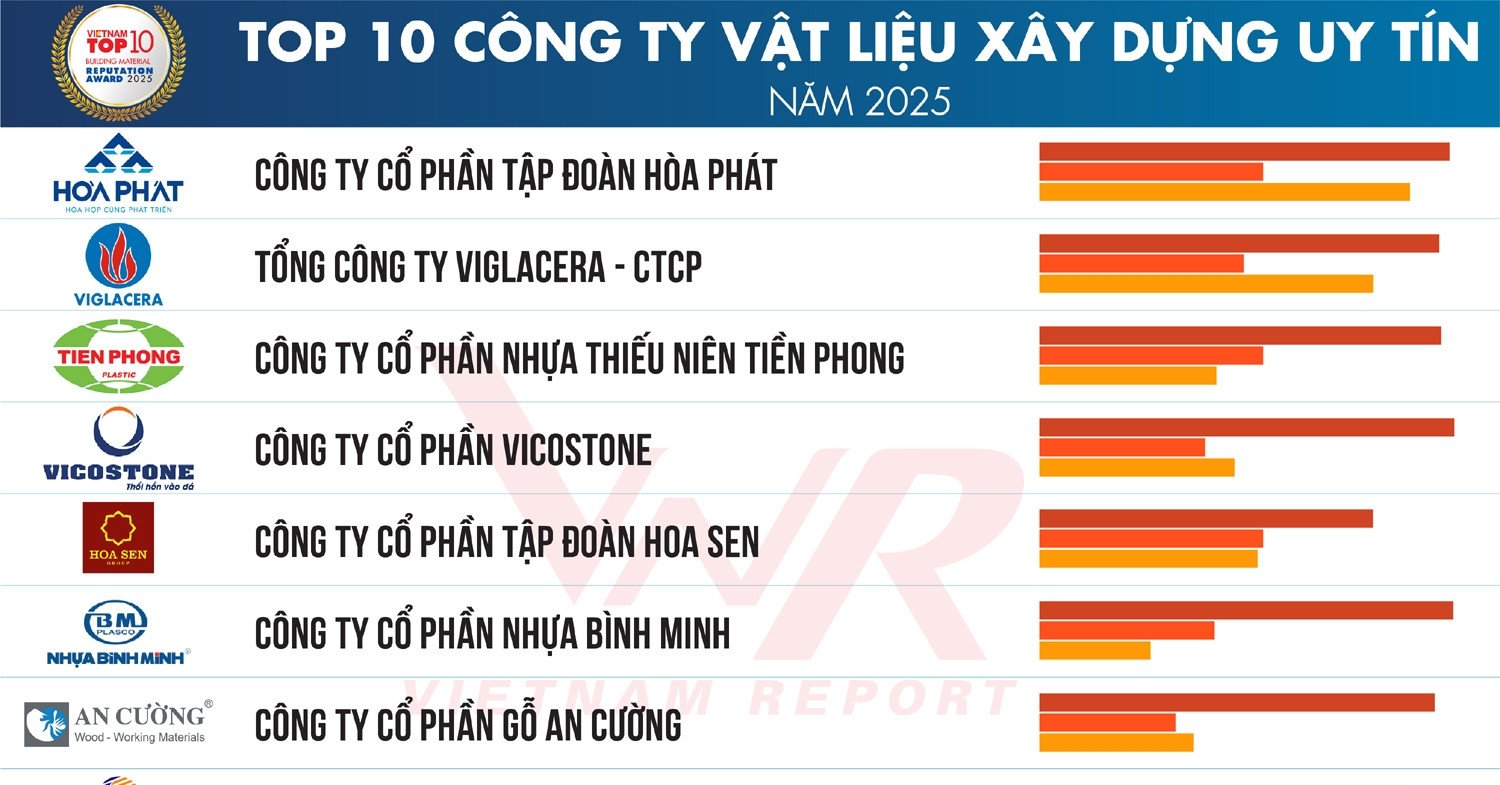

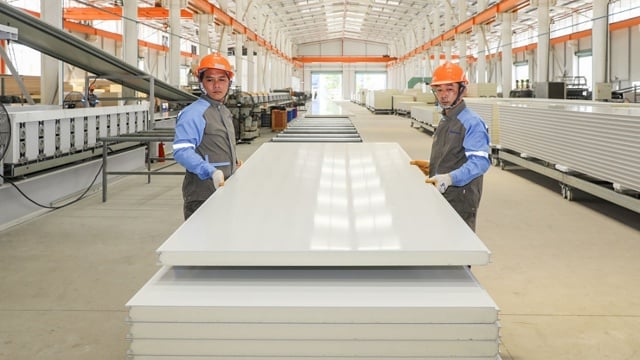


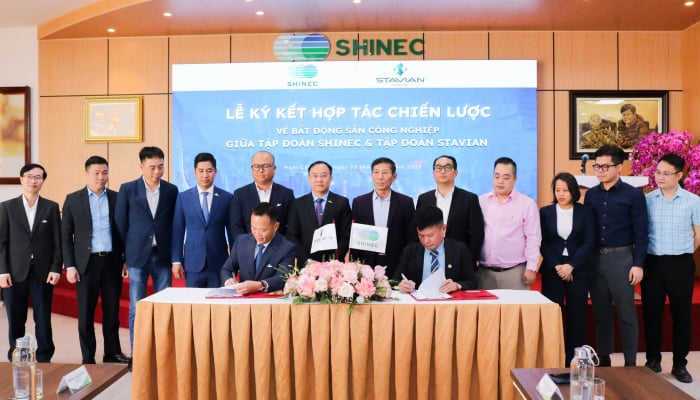
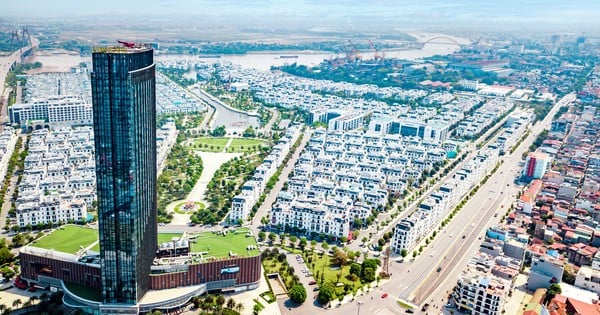
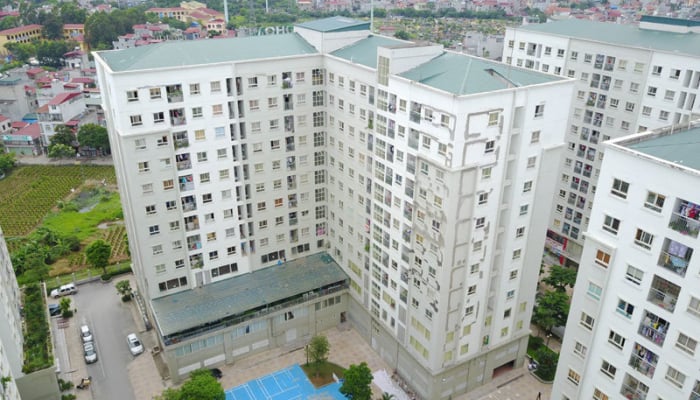
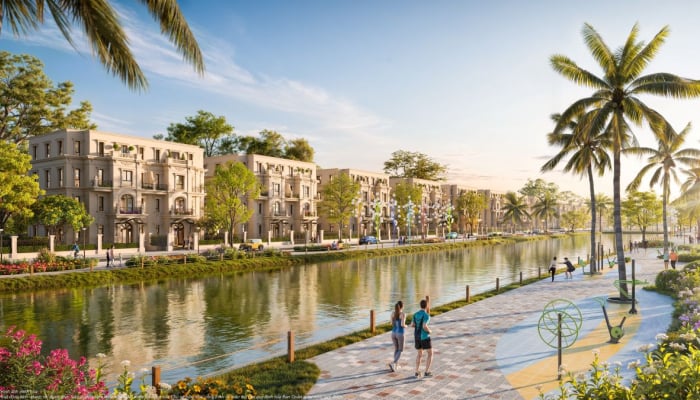
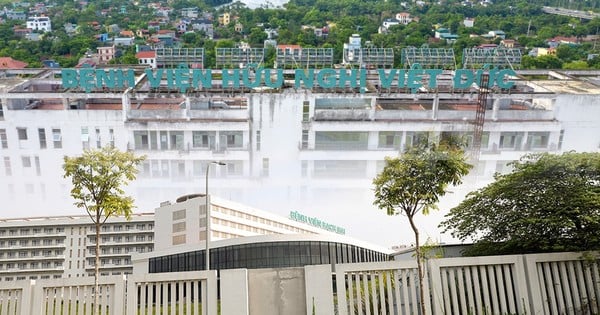
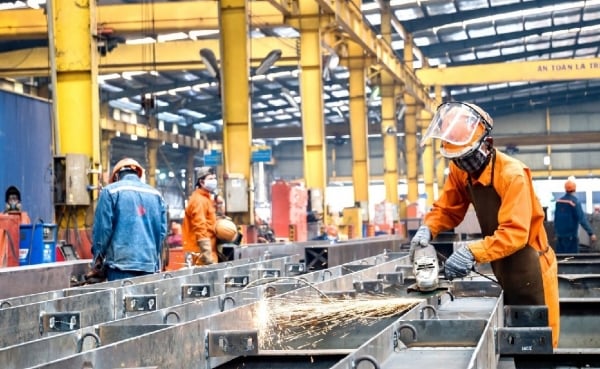










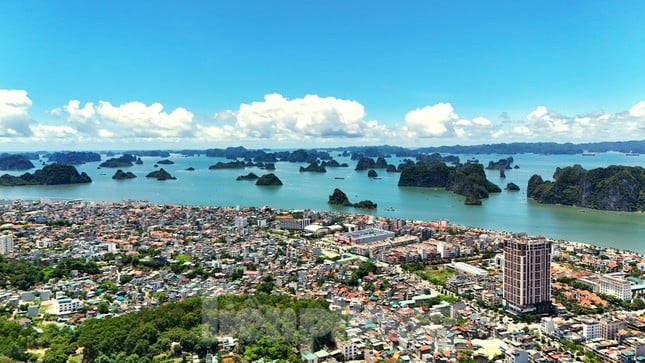

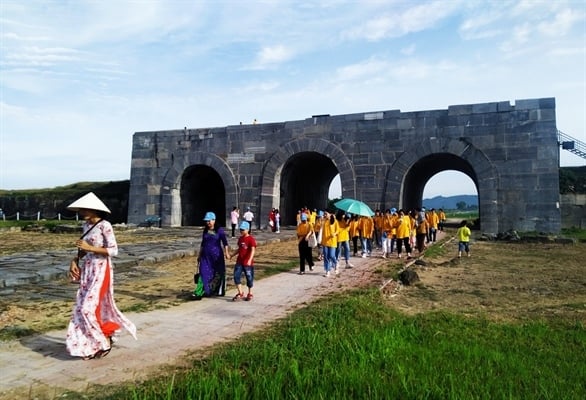
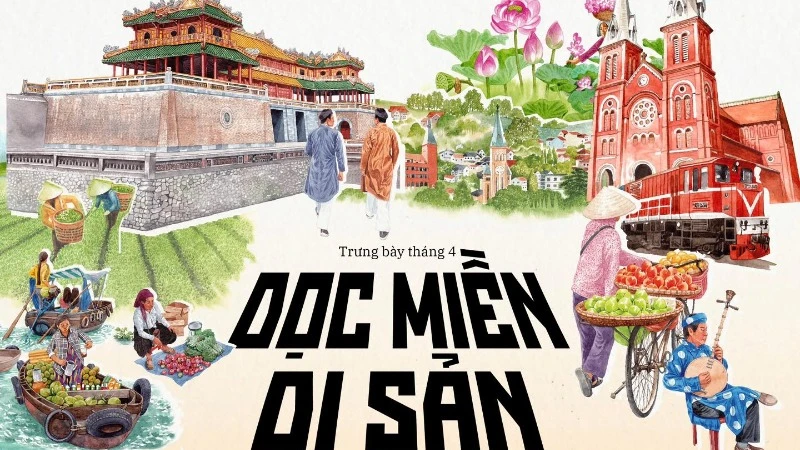

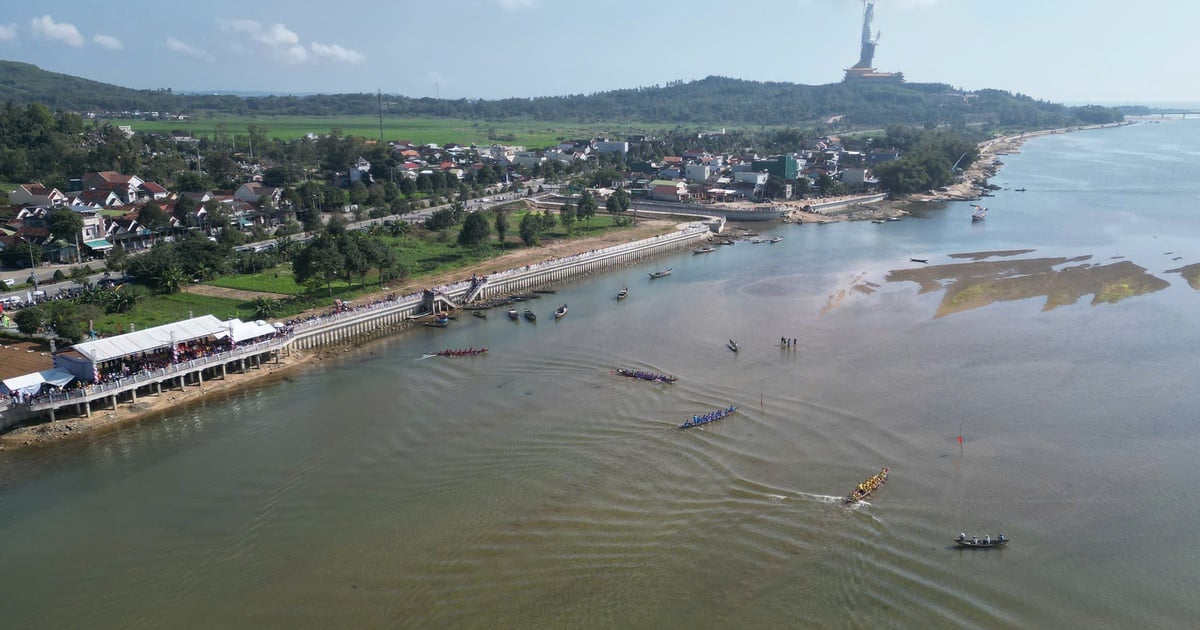









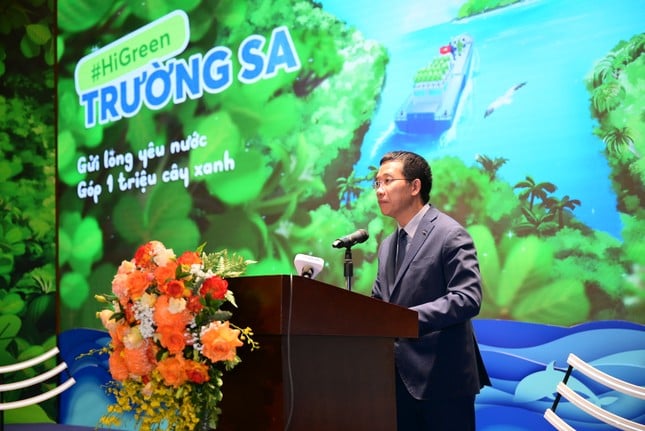





















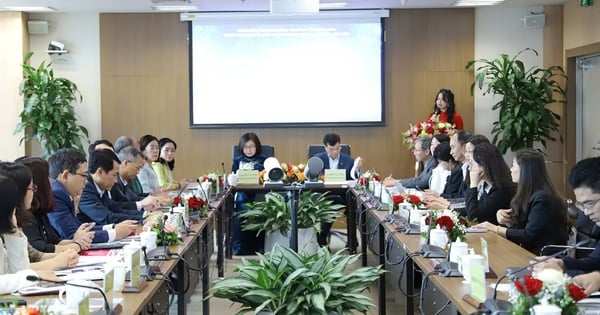



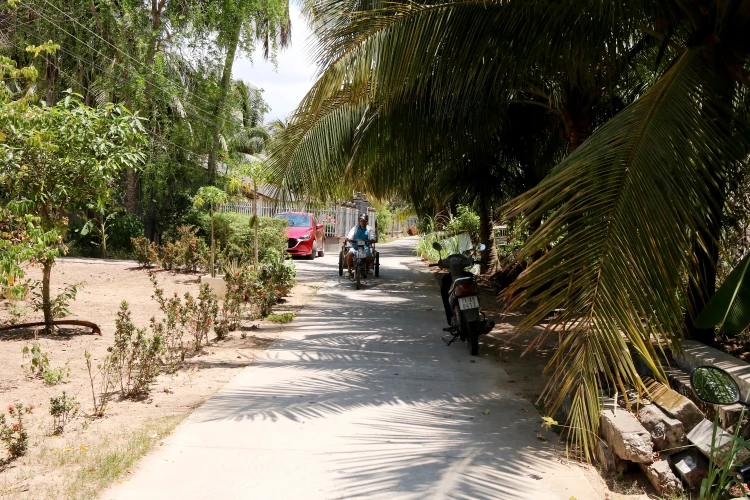


















Comment (0)